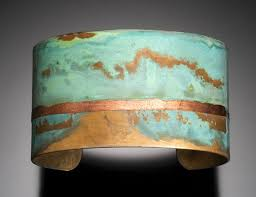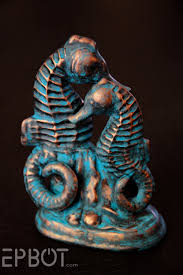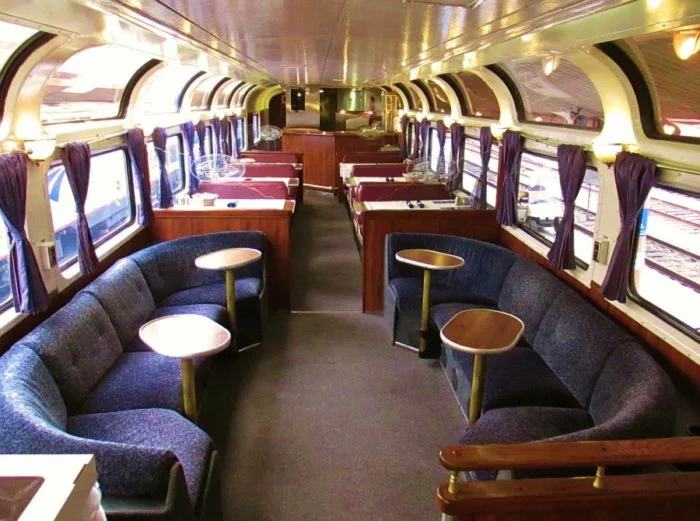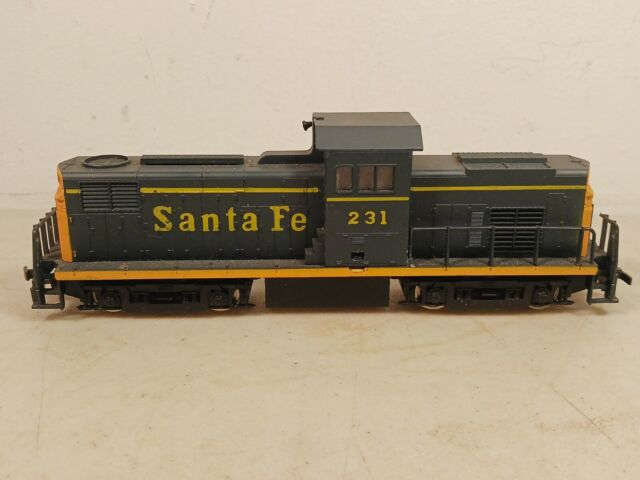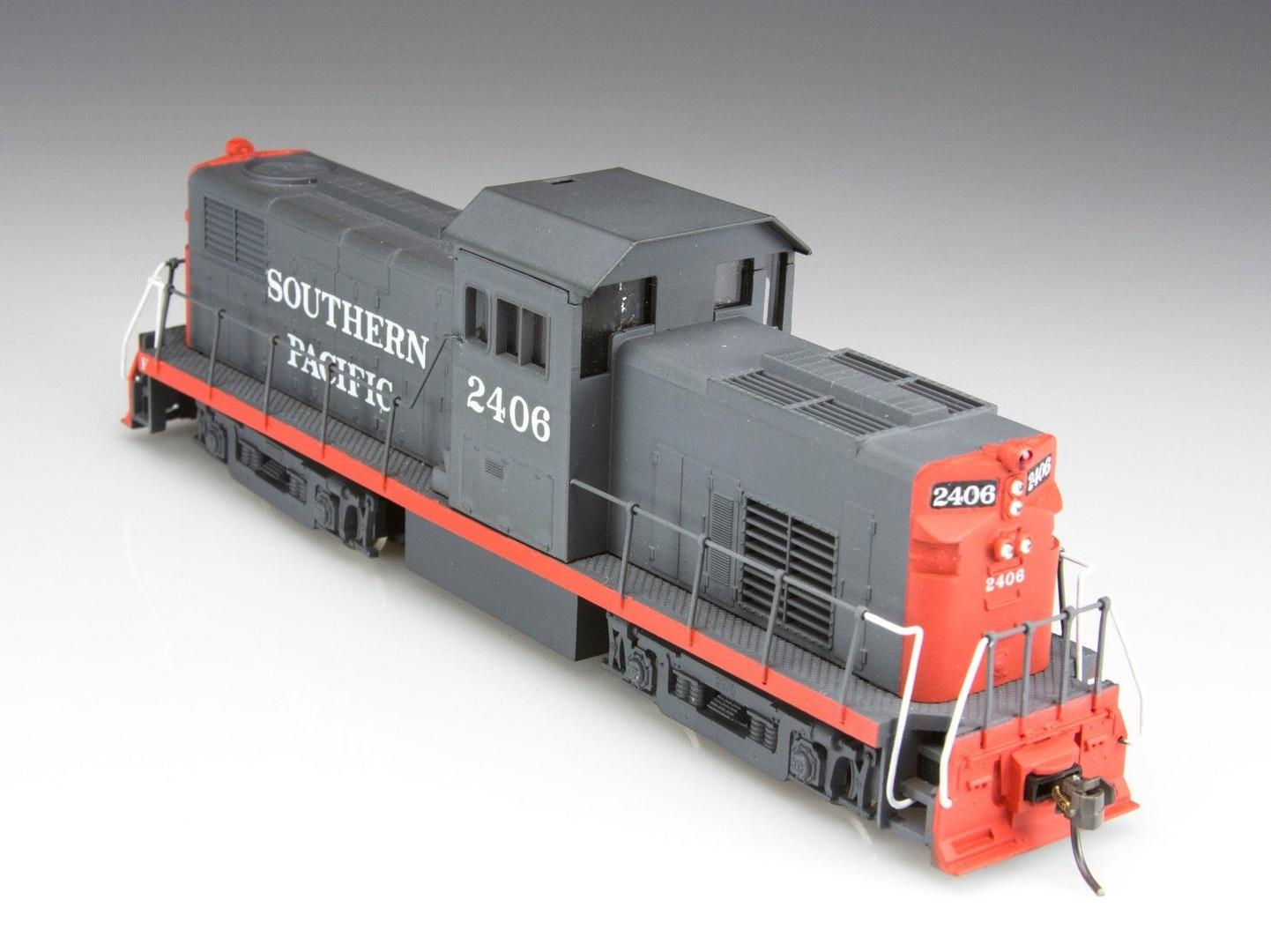-
Posts
39,239 -
Joined
-
Last visited
Content Type
Profiles
Forums
Events
Gallery
Everything posted by Ace-Garageguy
-
Pretty baby. That was really quite the "gentlemen's express", and would really make a statement today used as a daily driver.
-
Play with sharp objects without sufficient caution, and you might wind up with very short fingers.
-

What non-auto model did you get today?
Ace-Garageguy replied to chunkypeanutbutter's topic in The Off-Topic Lounge
Several 3D printed HO scale Baldwin 6 and 8 cylinder turbocharged diesel prime movers, as shop props for a locomotive repair facility... ...with one of the eights slated to live under the engine hood in a rebuild of one of my recently acquired Sharks to represent this somewhat famous locomotive, ex-Delaware and Hudson 1216, below. It's one of only two Baldwin "sharknose" locomotives left on the planet, and could possibly be restored to running condition within the next few years...maybe along with her sister 1205. Though 1216 broke her crankshaft, train lore has it that the current owner has acquired enough salvaged parts from scrappers to put a complete engine together. Interestingly, the two remaining and irreplaceable Sharks, originally owned by the New York Central, eventually found their way to the Monongahela Railway where they were worked almost to death hauling coal drags. The last two running units had been sent to be scrapped by the Monongahela, but were saved from being cut up when the Delaware and Hudson traded the scrap dealer who had them an equivalent weight of scrap-steel, in the form of worn out railroad box cars that really had no other value. When working on the Monongahela, the Sharks were painted an uninspired black with a short white stripe. In 1974, a model railroader named Jay Winn was approached to design a new paint scheme for the real ones on the D&H...and that is what you see below. Here's the story: https://bridge-line.org/sharkpaint -------------------------------------------------------------------------------- Anyway, the printed Baldwin prime movers are quite nice, far more detailed than I'd be able to scratch with reasonable effort. Same guy makes other railroad diesel prime movers from EMD, GE, etc., traction motors, and other cool stuff. EDIT: After digging online for a while, I finally found some actual Baldwin locomotive works drawings showing component location...drawn to scale. Unfortunately, after running some numbers, it appears initially that the 3D printed prime movers I bought are significantly underscale. More later after I double and triple check my own measurements and scaling... -

440 Engine question?
Ace-Garageguy replied to slusher's topic in Model Building Questions and Answers
The elevation changes and weather along the route are valid concerns, as you always tune a race carb for the specific atmospheric conditions at any given track, and EFI working correctly "self adjusts" for varying conditions. But the answer is "it depends". It depends on several factors, like how high is the highest mountain pass a contestant would have to navigate, and what is the specific weather forecast along the route. Although EFI would unquestionably give the most exact fuel/air ratio for any combination of air density and temperature, I've driven carbureted vehicles cross-country many times (granted, not at racing speeds), and I've never had to stop to tune a single engine. If I were running the Cannonball, I'd probably prefer the side-of-the-road repairability of carbs. If EFI quits, you're pretty much done, and you can't win if you can't finish the event. Then again, carrying spares like injectors, sensors, and an ECM pre-calibrated to the specific engine setup and configured to swap quickly could solve that potential problem quite nicely. It all really comes down to personal taste and the contestant's temperament. -
Progressing nicely...
-

440 Engine question?
Ace-Garageguy replied to slusher's topic in Model Building Questions and Answers
Camshaft and lifter failures were a fairly common problem when the new generation of OHV V8 engines hit the American market in the late 1940s and early 1950s. Both American camshaft metallurgy and lubrication technology advanced rapidly, to the point where it became a non-issue. ZDDP is a zinc-based additive specifically developed to combat rapid wear between highly-loaded sliding surfaces like are found between 'flat' cam followers (tappets) and cam lobes. ZDDP has been phased out of "normal" consumer motor oils because of its adverse effects on catalytic converters, and that is one of the reasons every engine manufacturer and his dog went to roller followers some time ago. ZDDP-containing additives and oils are available specifically for older flat-tappet non-cat-equipped engines, and "high zinc" break-in products are available for new builds. Sadly however, even when aftermarket cam manufacturer's break-in instructions are followed to the letter, using the most magic of the additives, lobe and lifter failures still occur, mostly during break-in, as you mention. The odd part is that it's generally not ALL the cam lobes or lifters that go...indicating sporadic deficiencies in the metallurgy or surface treatment along the length of offshore-produced cam blanks, or that not all of the lifters in a given set were made and finished to spec. It would seem that some engineering problems that were solved 70 years ago are beyond some of today's capabilities. -

440 Engine question?
Ace-Garageguy replied to slusher's topic in Model Building Questions and Answers
Carbs and linkage in good condition that are properly set up in the first place should be able to make it across the country flat out with no problem. The race-winning car at the 1966 LeMans 24 hour race, for instance, covered over 3000 miles at an average speed of over 125 MPH. -
"Kits" aren't always a bunch of parts to build something, but can be (what I thought were stupidly-named when I was a kid) things like the "information kits" insurance companies are always trying to get you to contact them for.
-
"Away with their heads...or head 'em off at the pass...or pass the peas, please...or please and thank you..." said the Wicked Queen of Confusion.
-
You should always thoroughly cook road-kill even if it looks like pizza.
-
Bet the farm only if it's really really really a sure thing...really really.
-
"Gone fishing and might never come back so don't wait around" is a sign I'd like to hang on my last two customer jobs, but they'd probably stop paying.
-
Tomorrow is usually the day when I put off to the next day everything I didn't get done yesterday.
-
Saying rosin instead of resin can make you seem like a total idiot.
-
Dies are used for various forms of metal shaping, like stamping and casting.
-

Patinating brass ?
Ace-Garageguy replied to Ulf's topic in General Automotive Talk (Trucks and Cars)
Model railroaders have used various products and home-brews over the years for metal-blackening/tarnishing too...so there's another rabbit hole to search down. EDIT: I just remembered Rub 'n Buff has a color called "patina" that can be very effective creating weathered brass and copper finishes... -

440 Engine question?
Ace-Garageguy replied to slusher's topic in Model Building Questions and Answers
100% in agreement...and you can fix 'em by the side of the road. If your EFI quits, you're going home in the cab of a wrecker. Though I've done a fair number of EFI builds to date, for my own '32, I'm going with a 3X2 carb setup on an old-school SBC double-humper 327...only concession to modernity being roller cam followers because there have been so many somewhat unexplained flat-tappet and cam failures recently....and though I already have the necessary Rochester 2Gs, I'd really like to find an NOS Barry Grant/Demon "Six-Shooter" setup just for the looks. Lotta guys don't like 'em, but as far as my experience goes, they're basically just Holley semi-clones, and work every bit as well. -
-
Tails, at least vestigial traces, are still in evidence on some members of homo sapiens.
-
Poo to the left of them, poo to the right of them, into the valley of poo rode the gallant scooper brigade.
-
Still intermittently hanging. Sometimes have to close the link and reopen it to get it to work.
-

What non-auto model did you get today?
Ace-Garageguy replied to chunkypeanutbutter's topic in The Off-Topic Lounge
This one came in with a buncha other stuff, mostly broken but salvageable. It had some broken steps I'll have to fabricate, as the pieces are long gone, and missing railings, but I'll be upgrading them along with their stanchions anyway, so no biggie. And as far as I'm currently aware, Santa Fe never owned any, but she'll be getting repainted after the repairs/upgrades. It's a Mehano-made HO scale Alco C-415 high-cab switcher. Only 26 were made in reality, so it's a kinda rare beast. Real ones could be had with three different cab heights, and this is the highest...making it even more rare in reality. It was filthy and didn't run, but I was pleasantly surprised to find it has a geared 8-wheel drive system. A Q&D cleaning and light servicing of the electrical pickups and brushes, and she moves again...and gives every indication of being a smooth, strong puller after a complete service. EDIT: Just for reference, this is the same model (not mine) that has been upgraded with more correct pilots, custom paint, frame-mounted Kadee couplers, almost-scale-correct railings, and numerous other details. Just about as nice looking as a brass one costing well over a thousand bucks. -
Scooper-of-poop for my cat I be, and he's probably the only creature on the planet I'd do it for.
-
Followed the crowd he did, but unfortunately for his sneakers, the crowd was elephants.
-
I'd go with stitchdup's advice if you want to get it done with the least aggravation. None of the windows in that car are compound-curves, so heat-forming isn't necessary. Single-curved "glass" made from colored clear sheet can be gently curved with your fingers well enough to hold its shape. EDIT: It's fairly straightforward to devise a simple hidden retainer system that will allow the windows to "snap" in place, eliminating all or most of the necessity for using an adhesive...and I'd recommend a PVA "white" glue that dries clear and doesn't fog.









